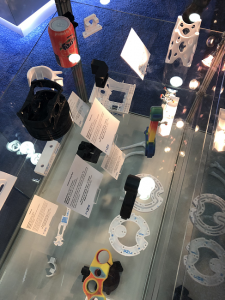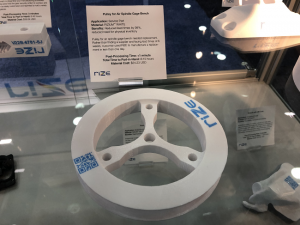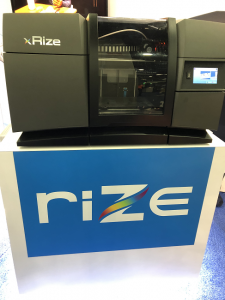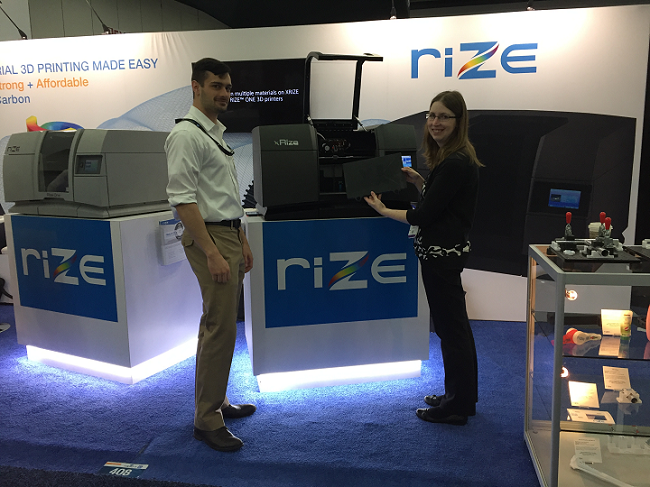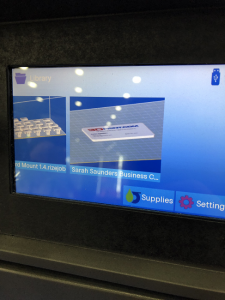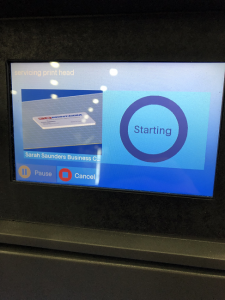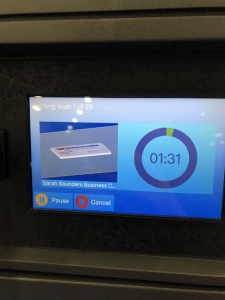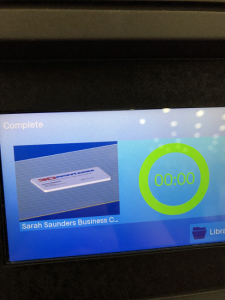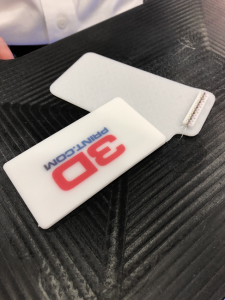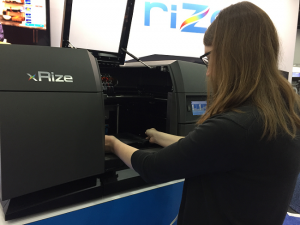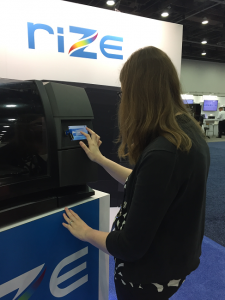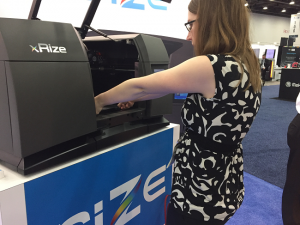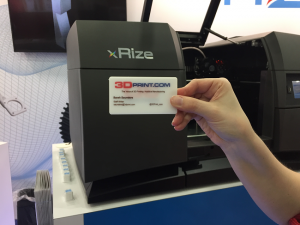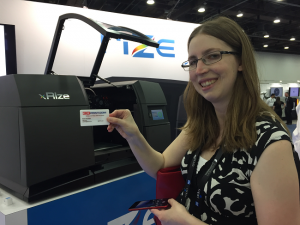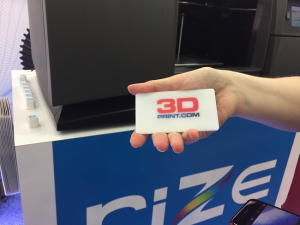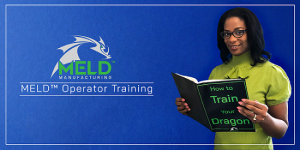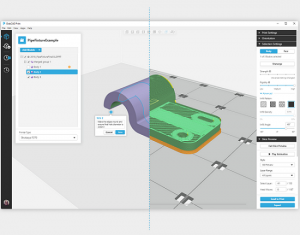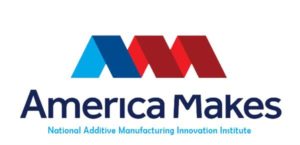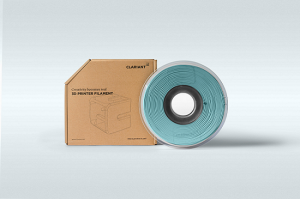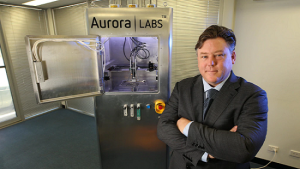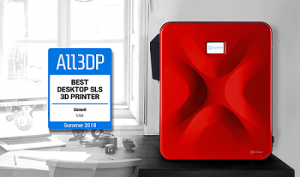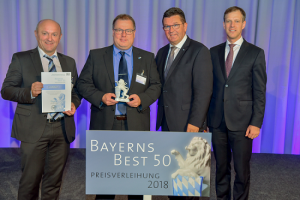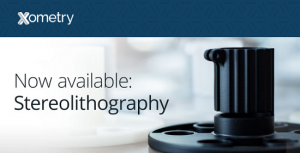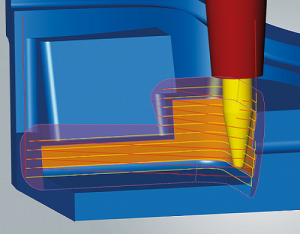Recently, HP released its sustainable impact report for 2018, which is the first item we’ll tell you about in our 3D Printing News Briefs. Then it’s on to more good news – the 3D Factory Incubator in Barcelona is reporting a very positive first 100 days in business, while AMUG has named the winners from its Technical Competition. We’ll close with some metal 3D printing – Nanoscribe published a fly-over video that illustrates the design freedom of nano- and microscale 3D printing, and Laser Lines is now a UK reseller for Xact Metal.
HP Releases 2018 Sustainable Impact Report

HP recycling bottle shred: Through its recycling programs, HP is transforming how we design, deliver, recover, repair, and reuse our products and solutions for a circular future.
HP has released its Sustainable Impact Report for 2018, which talks about the company’s latest advancements in achieving more sustainable impact across its business, as well as the communities it serves, in order to create a better green future. Its sustainability programs drove over $900 million in new revenue last year, and the report shows how HP is using 3D printing to drive a sustainable industrial revolution, such as reducing the amount of materials it uses and expanding its recycling program. The report also states new commitments the company set for itself in order to drive a low-carbon, circular economy.
“Companies have critically important roles to play in solving societal challenges, and we continue to reinvent HP to meet the needs of our changing world. This isn’t a nice to do, it’s a business imperative,” explained Dion Weisler, the President and CEO of HP Inc. “Brands that lead with purpose and stand for more than the products they sell will create the most value for customers, shareholders and society as a whole. Together with our partners, we will build on our progress and find innovative new ways to turn the challenges of today into the opportunities of tomorrow.”
To learn more about HP’s efforts to reduce the carbon footprint, such as investing in an initiative to keep post-consumer plastic from entering our waterways and the recycling program it started with new partner SmileDirectClub, visit the company’s dedicated Sustainable Impact website.
Successful First 100 Days at 3D Factory Incubator
 On February 11th, 2019, 3D Factory Incubator – the first European incubator of 3D printing – was officially inaugurated in Barcelona. It’s now been over 100 days since the launch, and things are going very well. In that time period, the incubator is reporting a total of 15,000 3D printed pieces, and 20 incubated companies, and still has room for more interested projects, though all its private spaces are now occupied. The original goal is to incubate 100 companies in 5 years, and it seems as if 3D Factory Incubator is well on its way.
On February 11th, 2019, 3D Factory Incubator – the first European incubator of 3D printing – was officially inaugurated in Barcelona. It’s now been over 100 days since the launch, and things are going very well. In that time period, the incubator is reporting a total of 15,000 3D printed pieces, and 20 incubated companies, and still has room for more interested projects, though all its private spaces are now occupied. The original goal is to incubate 100 companies in 5 years, and it seems as if 3D Factory Incubator is well on its way.
Located in the Zona Franca Industrial Estate, the unique initiative is led by El Consorci de Zona Franca de Barcelona (CZFB) and the Fundación LEITAT, and has received an investment of €3 million. The goal of the incubator is promote the growth of 3D printing initiatives, and there are a wide variety of companies hosted there, including consumer goods, a logistics company, healthcare companies, design initiatives, and mobility.
AMUG Technical Competition Winners Announced

(top) Erika Berg’s digitally printed helmet liner components and Riddell’s SpeedFlex Precision Diamond Helmet; (left) Maddie Frank’s cello, and (right) Bill Braune’s Master Chief reproduction.
At the Additive Manufacturing Users Group (AMUG) Conference in April, 17 entries were on display to compete for the gold in the annual Technical Competition of excellence in additive manufacturing. The winners have finally been announced, and it seems like the panel of judges had a hard time deciding – they were unable to break the tie in the Advanced Finishing category. Maddie Frank of the University of Wisconsin, with her 3D printed electric cello, and Bill Braune of Met-L-Flo, with his 30 inch-tall model of “The Master Chief” Halo video game character, are co-winners in this category for their attention to detail and “exceptional execution,” while Erika Berg of Carbon won the Advanced Applications category with her digitally printed helmet liner for Riddell’s SpeedFlex Precision Diamond Helmet.
“The 17 entries in the Technical Competition were amazing in their beauty, innovation, and practicality,” said Mark Barfoot, AMUG past president and coordinator of the Technical Competition. “Our panel of judges deliberated at length to make the final decision.”
The winners each received a commemorative award, as well as complimentary admission to next year’s AMUG Conference.
Nanoscribe Shows off Design Freedom in Fly-Over Video
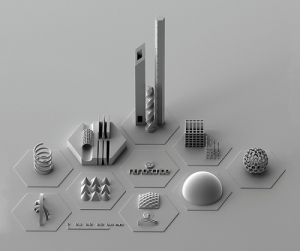
The versatility sample impressively illustrates the capabilities of Photonic Professional systems in 3D Microfabrication.
German company Nanoscribe, which manufactures and supplies high-resolution 3D printers for the nanoscale and microscale, is showing the world how its systems can up many opportunities in 3D microfabrication, with a new fly-over video, which truly highlights the design freedom it can offer when making 3D microparts with submicron features. The video shows actual scanning electron microscope (SEM) images of extreme filigree structures that were 3D printed on its Photonic Professional GT2.
From a variety of angles, you can see diverse geometries, which show off just how versatile Nanoscribe’s high-resolution 3D printing can be – all 18 of the objects and structures were printed in just over an hour. The company’s microfabrication technology makes it possible to create designs, like undercuts and curved shapes, and customizable topographies that would have been extremely difficult to do otherwise. To streamline the microfabrication process for its customers, Nanoscribe offers ready-to-use Solution Sets for its Photonic Professional GT2 printers, which, according to the company, “are based on the most suitable combination of precision optics, a broad range of materials and sophisticated software recipes for specific applications and scales.”
Xact Metal Names Laser Lines New UK Reseller
 Pennsylvaniastartup Xact Metal welcomes Laser Lines – a total solutions provider of 3D printers and laser equipment – as a UK reseller for its metal 3D printers. These machines, which offer extremely compact footprints, are meant for customers in high-performance industries that require high-throughput and print speed, such as medical and aerospace. Laser Lines will immediately begin distributing the Xact Metal XM200C and XM200S systems, as well as the XM300C model once it becomes available next year.
Pennsylvaniastartup Xact Metal welcomes Laser Lines – a total solutions provider of 3D printers and laser equipment – as a UK reseller for its metal 3D printers. These machines, which offer extremely compact footprints, are meant for customers in high-performance industries that require high-throughput and print speed, such as medical and aerospace. Laser Lines will immediately begin distributing the Xact Metal XM200C and XM200S systems, as well as the XM300C model once it becomes available next year.
“We are delighted to be the chosen UK supplier for Xact Metal, whose metal printing systems are establishing new levels of price and performance. Making quality metal printing accessible requires innovation. Xact Metal’s printing technology is built on the patent-pending Xact Core – a high speed gantry system platform where light, simple mirrors move quickly and consistently above the powder-bed on an X-Y axis. It’s another step change for our industry and opens a whole range of exciting opportunities,” stated Mark Tyrtania, the Sales Director at Laser Lines.
Discuss these and other 3D printing topics at 3DPrintBoard.com or share your thoughts in the Facebook comments below.


